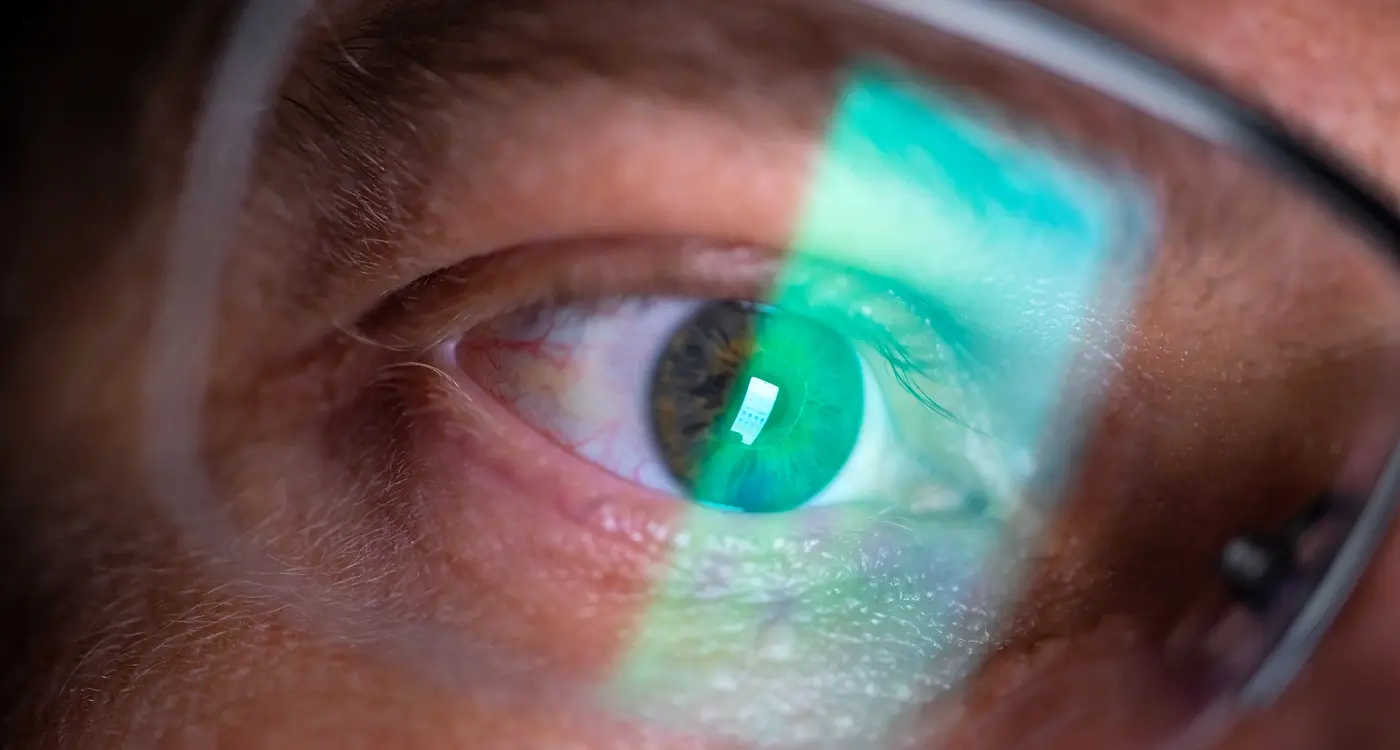Every second, millions of people around the world tap, swipe, and scroll through their phones without thinking twice about what's happening inside their heads. Yet behind every successful app lies a deep understanding of human psychology—how our brains work, what makes us feel good, and why we keep coming back for more. The apps that dominate our screens aren't there by accident; they're carefully crafted to work with our natural behaviours and mental patterns.
Mobile app trends are shifting towards something much more sophisticated than pretty interfaces and smooth animations. We're entering an era where the most successful apps will be those that truly understand the human mind. Behavioural app design isn't just a buzzword—it's becoming the foundation of how we build digital experiences that people actually want to use.
The future belongs to apps that feel less like tools and more like natural extensions of how we think and behave
Psychology in app design goes far beyond making things look nice or work quickly. It's about understanding why someone picks up their phone in the first place, what emotional state they're in, and how we can help them achieve what they need whilst feeling good about the experience. The apps winning in tomorrow's world will be those that master this delicate balance between human psychology and smart technology.
How Our Brains Work With Apps
Our brains are fascinating little machines—they're constantly processing information and making split-second decisions about everything we encounter. When it comes to mobile apps, our brains work in some pretty predictable ways that smart designers have learned to tap into.
The moment someone opens your app, their brain starts scanning for familiar patterns. We're hardwired to look for things we recognise; it makes us feel safe and confident. That's why successful apps often use design elements that feel familiar rather than completely revolutionary. Your brain doesn't want to work harder than it has to!
The Three-Second Rule
Here's something I've noticed after years of watching people use apps: if someone can't figure out what to do within the first few seconds, they'll likely close it. Our brains make incredibly fast judgements about whether something is worth our time and effort.
Your brain also loves shortcuts. It's always looking for the easiest path to get what it wants. That's why the most popular apps have incredibly simple interfaces—they're working with our natural brain patterns, not against them.
- Pattern recognition helps us navigate familiar interfaces quickly
- Cognitive load increases when apps are too complex or unfamiliar
- Memory formation strengthens when apps provide clear feedback
- Attention spans are shorter on mobile devices than desktop
The Power of First Impressions
You know that feeling when you open an app for the first time and it just clicks? Or worse—when it doesn't and you immediately hit delete? That split second decision happens faster than you might think. Research shows people form opinions about apps within milliseconds of opening them, and once that opinion is formed, it's incredibly hard to change.
This is where behavioural app design becomes really interesting. Your brain is constantly making quick judgements to protect you from wasting time or energy. When someone downloads your app, their brain is asking: "Is this worth my attention?" The visual design, loading speed, and first interaction all contribute to that snap decision. If the app feels confusing or slow, people will bounce off faster than you can say "user retention".
What Makes Apps Stick From Day One
The mobile app trends we're seeing now all point to one thing—apps that succeed understand the psychology of first moments. They don't overwhelm new users with features; instead, they focus on delivering one clear win quickly. Think about how some of the most popular apps handle onboarding—they show you exactly what you need to know, when you need to know it.
- Clear, simple navigation that makes sense immediately
- Fast loading times (nobody waits around anymore)
- One primary action that delivers instant value
- Familiar design patterns people already understand
Keep your app's first screen focused on one main action. Too many choices create decision paralysis and people will just close the app instead of choosing.
Making Apps Feel Like Second Nature
The best apps are the ones you don't have to think about using. You know the feeling—you pick up your phone and your thumb just knows where to tap without your brain getting involved. That's not an accident; it's the result of clever design that works with how our minds naturally operate.
Building Mental Models
When we use an app repeatedly, our brains create shortcuts called mental models. Think of them as invisible maps that help us navigate without conscious effort. A well-designed app builds these maps quickly by placing buttons where people expect them and using familiar patterns. The back button always goes in the same spot, the search icon looks the same everywhere, and swiping actions behave predictably.
The Magic of Muscle Memory
After using an app for just a few days, something interesting happens—our fingers start moving before our brains catch up. This is muscle memory kicking in, and it's what separates good apps from great ones. The most successful apps create these automatic behaviours by keeping their interface consistent and respecting the patterns people already know from other apps they use daily.
When an app feels like second nature, users stop thinking about how to use it and start focusing on what they want to achieve. That's when real engagement begins.
Why We Get Hooked on Apps
Right, let's talk about the elephant in the room—why do some apps become completely addictive whilst others get deleted after five minutes? After working with hundreds of clients over the years, I've noticed patterns in what makes people come back for more. It's not magic, and it's definitely not accident.
The secret lies in something called variable reward schedules. Think about slot machines—you never know when you'll win, which makes pulling that lever irresistible. Apps use this same principle brilliantly. Social media notifications arrive unpredictably; gaming apps give random rewards; dating apps show potential matches at irregular intervals. Your brain releases dopamine not when you get the reward, but when you anticipate it might be coming.
The Hook Model in Action
Successful apps follow a four-step cycle: trigger, action, reward, investment. Something prompts you to open the app (trigger), you perform a simple action like scrolling (action), you get something valuable like entertainment or information (reward), then you invest something back—maybe a like, comment, or just your time (investment). This investment makes you more likely to return.
The apps we can't put down aren't necessarily the best designed—they're the ones that understand human psychology the deepest
Smart developers build these psychological loops into every interaction, creating what we call 'sticky' experiences that keep users engaged long-term.
Feelings and Emotions in App Design
When I'm working with clients on their app designs, one thing that never fails to surprise me is how much emotions actually drive user behaviour. You might think people make logical decisions about which apps to use, but that's not really how it works. We're emotional creatures first, logical second—and our apps need to reflect that.
The most successful apps I've worked on understand this perfectly. They don't just solve a problem; they make people feel something. Instagram makes us feel creative and connected. Spotify makes us feel energised or relaxed depending on our mood. Even banking apps—yes, boring old banking apps—can make us feel secure and in control when they're designed properly.
The Emotional Triggers That Work
There are specific emotions that really drive engagement, and smart app designers know exactly how to tap into them:
- Achievement—progress bars, badges, and completion notifications
- Belonging—social features, communities, and sharing options
- Control—customisation options and personal settings
- Curiosity—push notifications and new content alerts
- Safety—clear privacy settings and secure payment options
The trick isn't manipulating these emotions in a sneaky way. It's about genuinely understanding what your users want to feel when they use your app, then designing an experience that delivers on that promise. Get this right and you'll have users who don't just use your app—they'll actually love it.
What People Will Want Tomorrow
Predicting the future isn't easy—trust me, I've tried! But after building apps for nearly a decade, I've noticed some clear patterns emerging in what people expect from their mobile experiences. The bar keeps getting higher, and users are becoming more demanding about how apps make them feel and behave.
People will want apps that understand them before they even know what they want themselves. We're already seeing this with predictive text and smart recommendations, but it's going deeper. Future apps will read your mood, anticipate your needs, and adapt their interface accordingly. If you're stressed, the app might simplify its design; if you're excited, it might show more vibrant colours.
The Big Shifts Coming
- Apps that change based on your emotional state
- Interfaces that learn your habits and adapt automatically
- More focus on mental wellbeing and digital wellness
- Voice and gesture controls becoming standard
- Apps that work seamlessly across all your devices
Privacy will become the new luxury. People are getting tired of feeling watched and tracked constantly. The apps that win tomorrow will be the ones that give users complete control over their data whilst still providing brilliant, personalised experiences.
Start designing with empathy—ask yourself how your app makes people feel, not just what it makes them do.
Conclusion
After working with mobile apps for years, I can tell you that understanding how people think and feel when they use apps has become the difference between success and failure. We've covered a lot of ground here—from how our brains process information to why some apps become completely addictive. The psychology behind mobile apps isn't just academic theory; it's the practical foundation that determines whether your app gets used once or becomes part of someone's daily routine.
What strikes me most is how this field keeps evolving. People's expectations change, technology advances, and suddenly what worked brilliantly last year feels outdated. But the core principles remain the same: make great first impressions, design interfaces that feel natural, understand what motivates people, and create emotional connections. Learning from successful app development companies can provide valuable insights into implementing these psychological principles effectively.
Looking ahead, the apps that succeed will be those that truly understand their users—not just what they want to do, but how they think and feel while doing it. That means paying attention to cognitive load, emotional responses, and user motivations from day one of development. Whether you're new to app development or a seasoned professional, the future belongs to apps that don't just function well, but feel right to use.
Share this
Subscribe To Our Blog
You May Also Like
These Related Stories

App Design Psychology: Creating Interfaces That Feel Effortless to Users

The Psychology of Luxury App Design (and Why It Matters)





